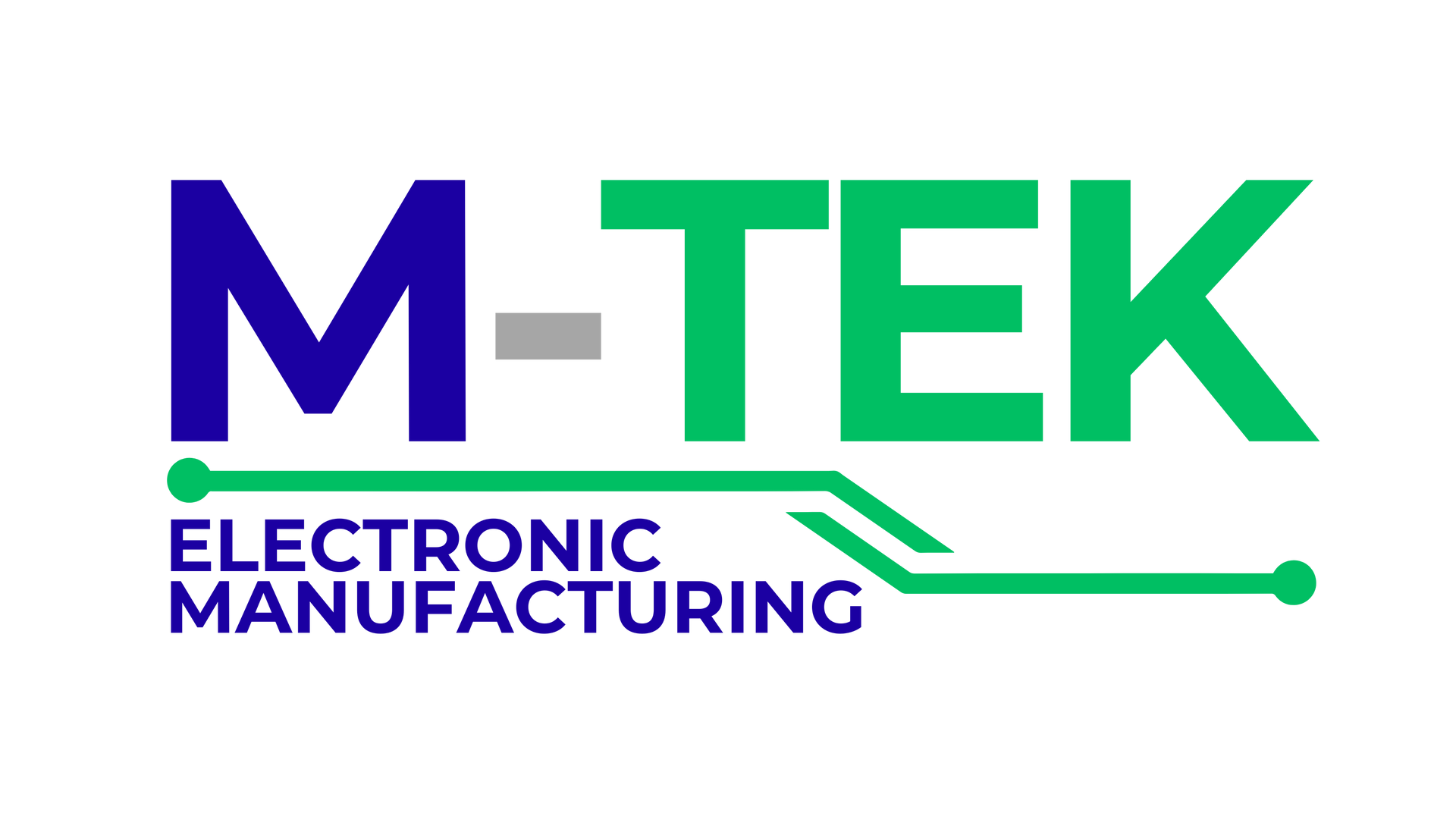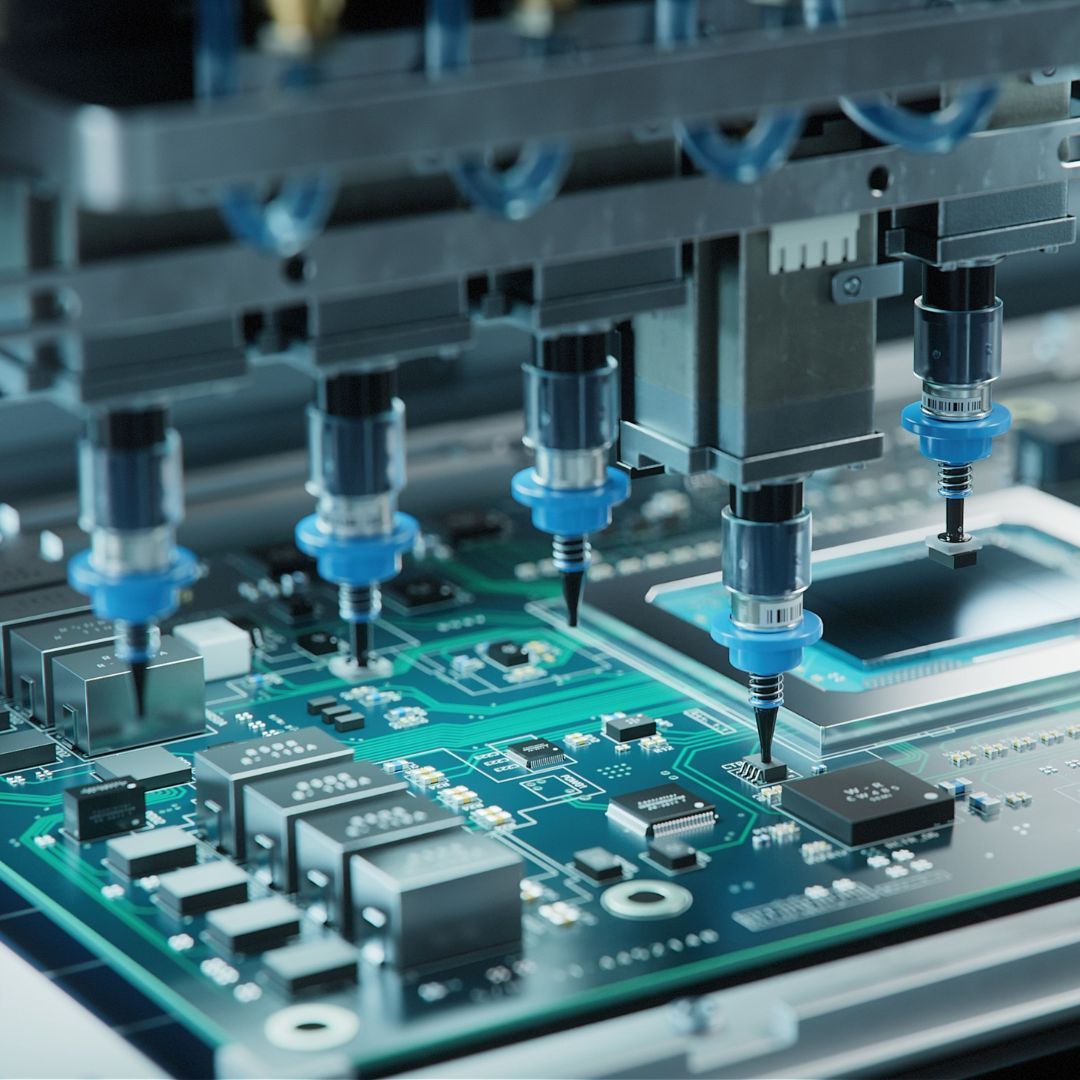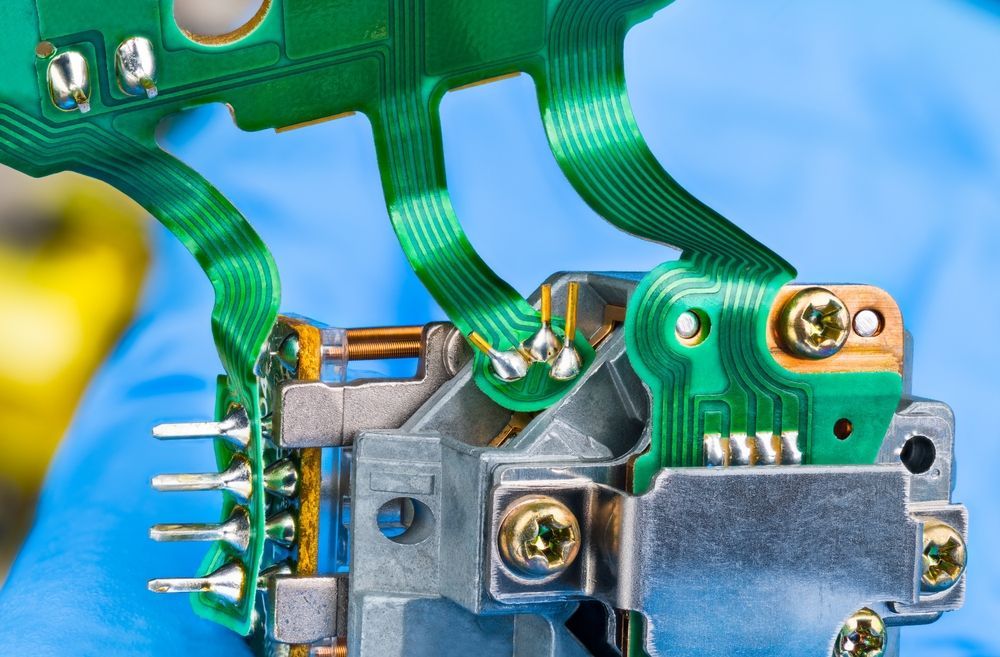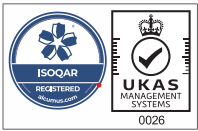
In today's rapidly evolving healthcare landscape, medical devices have become integral to patient care and treatment. Behind these life-saving devices lies a crucial component - the Printed Circuit Board (PCB).
Medical PCB design plays a pivotal role in ensuring the safe and effective operation of medical devices. To uphold patient well-being and device reliability, adherence to safety standards and regulations is paramount.
Importance of Safety Standards in Medical PCB Design
Safety standards serve as a cornerstone for the design and manufacturing of medical PCBs. These standards are established to minimise potential risks associated with medical devices and ensure their safe operation within clinical settings.
Adherence to these standards not only guarantees patient safety but also facilitates compliance with regulatory bodies, expediting the approval process for medical devices.
Key Safety Standards and Regulations
ISO 13485: This international standard outlines the requirements for a quality management system specific to the medical device industry. Adhering to ISO 13485 ensures that medical PCB design and manufacturing processes are consistent, controlled, and meet the highest quality standards.- IEC 60601-1: This standard focuses on the safety and essential performance of medical electrical equipment. It sets forth guidelines for PCB design to prevent electrical hazards, ensure proper grounding, and manage electromagnetic compatibility (EMC) to prevent interference with other devices.
- IEC 62304: This standard pertains to the software lifecycle processes for medical device software. As many medical devices incorporate software-controlled functionalities, compliance with IEC 62304 ensures the safe design, development, and maintenance of software within the PCB.
- UL 61010: UL standards provide requirements for safety testing and certification of electrical equipment. UL 61010 certification ensures that medical PCBs have been rigorously tested for electrical, mechanical, and environmental safety.
- FDA Regulations: Compliance with FDA regulations, such as 21 CFR Part 820, ensures that medical PCB design processes follow Good Manufacturing Practices (GMP) to guarantee device safety and effectiveness.
Conclusion
Medical PCB design is a critical aspect of modern healthcare, contributing to the safe and effective operation of medical devices.
Adhering to safety standards and regulations, such as ISO 13485, IEC 60601-1, and FDA guidelines, ensures that these devices meet the highest standards of quality and patient safety.
By considering material selection, traceability, risk management, and testing, manufacturers can create reliable and compliant medical PCBs that play a pivotal role in improving patient outcomes and maintaining the integrity of healthcare practices.
Call
01189 455377 or follow us on
Twitter to learn more about our products and services.





